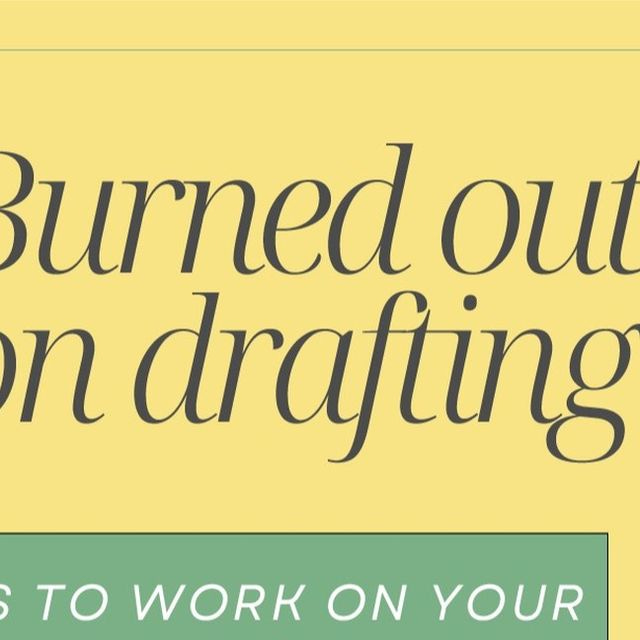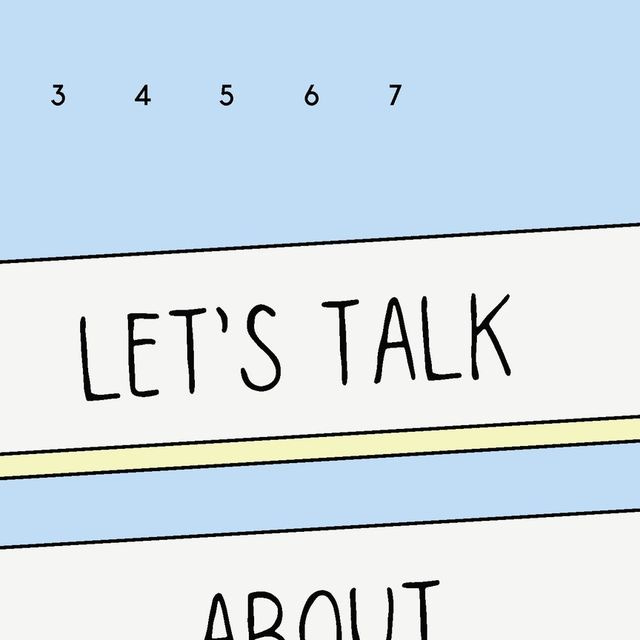Showing, Telling, Pacing, and Improving
As this newsletter develops, let me know what you'd like to see more (or less) of! This edition will explore showing vs telling, pacing, and improving as a writer, plus a peek at an editorial letter.
Table of Contents
Showing vs Telling
In writing, “showing” (illustrating something with words) and “telling” (explaining or conveying) serve two different functions, both of which are essential. As a writer or student, you’ve probably heard the advice “show, don’t tell.” But a story that only “shows” or one that only “tells” can make for a difficult reading—and writing—experience.
To know when to use showing or telling, you’ll need to understand what they are and how they work.
Showing portrays the “how.” Telling portrays the “what.”
Compare these. The first shows; the second tells.
Showing: The moon hung low over the horizon, its reflection broken on the filmy water.
Telling: It was nighttime.
Showing can make a scene more intense and vivid with details. To do that, you might focus on sensory aspects, particularly ones that immediately conjure some sensation or connotation. What does the narrator see, hear, smell, taste, and touch?
Telling, however, can move the story along. Some things don't need to be expanded, and telling gets you to the point faster. But how you do the telling matters. What can you do to make sure your words still add to the story? Here’s an example I wrote—we don’t need to know everything happened in a transition period of five years, but the writing can still contribute to characterization, voice, and exposition.
Over the next five years, I became a bumbling tangle of running late to everything and doing things just slightly wrong, not enough to warrant expulsion but enough to attract disapproving frowns.
In most cases, showing and telling work together. One adds detail, and one keeps things moving. This example uses both:
Her head spun, and she staggered as her breaths grew short and ragged. Trembling, she curled up with her arms around her knees.
Every story is different. Most will show AND tell.
So how do you know when to do either or both? Keep studying the craft of writing in your work and your favorite stories. Explore different genres, styles, and traditions. Be a storyteller. Increase tension where you want listeners to lean in, anticipating and on edge. Release and expand for that satisfying scene or short break.
Pacing
In writing, pacing refers to how quickly you reveal and explore information (and to readers, how quickly the story feels like it’s moving). This means that pacing applies to any genre, whether it’s poetry, nonfiction academic work, or a high fantasy novel.
One of the trickier things about what makes “good” pacing is that it will differ every time—between different works and even between different parts of the same work. It’s affected by multiple elements, and what works won’t be the same every time.
For example, paragraphs help structure what you write both visually and mentally. The more paragraph breaks there are, and the shorter paragraphs are, the more a scene is likely to feel as if it’s moving more quickly. Details are brought out and made to seem more vivid when they are given their own space on the page rather than built into a long paragraph with many other long sentences.
Length matters.
See how that short, two-word sentence/paragraph reads differently?
For Write Plan, I wrote about the elements of pacing throughout and within a story and how you can use them to influence the pace at every point in your work.
Ways to Be a Better Writer Today
• Do something you’ve never done before.
• Read (part of) a writing craft book.
• Give feedback to fellow writers.
• Read (part of) a book or work from your genre
• Learn three new grammar rules.
• Just sit down and WRITE, no matter what comes out.
For Fun: Editorial Letters
Editors each have their own style of feedback. Authors tend to think of editorial letters as serious, concise, and strictly on-topic. I try to keep mine at a professional level between formal and conversational, though how I present feedback depends on my relationship with the author or publisher. Whatever I do, I try to keep it clear but gentle.
Anyway, any ideas of great editors using only impersonal, formal language would be quickly dispelled once you read an editorial letter from Ursula Nordstrom (editor of, well, too many great books to name) to Maurice Sendak (author of Where the Wild Things Are):
"That is the creative artist—a penalty of the creative artist—wanting to make order out of chaos. The rest of us plain people just accept disorder (if we even recognize it) and get a bang out of our five beautiful senses, if we're lucky."
"You reminded me that you are 33. I always think 29, but OK. Anyhow, aren't the thirties wonderful?"
Feeling Tired of Writing?
I shared some ways to work on writing without drafting and about burnout (especially for writers). It’s always okay to take a break and/or to talk to someone about what you’re feeling.
The next post will include guidance on finding (and developing) your writing voice—and more!





